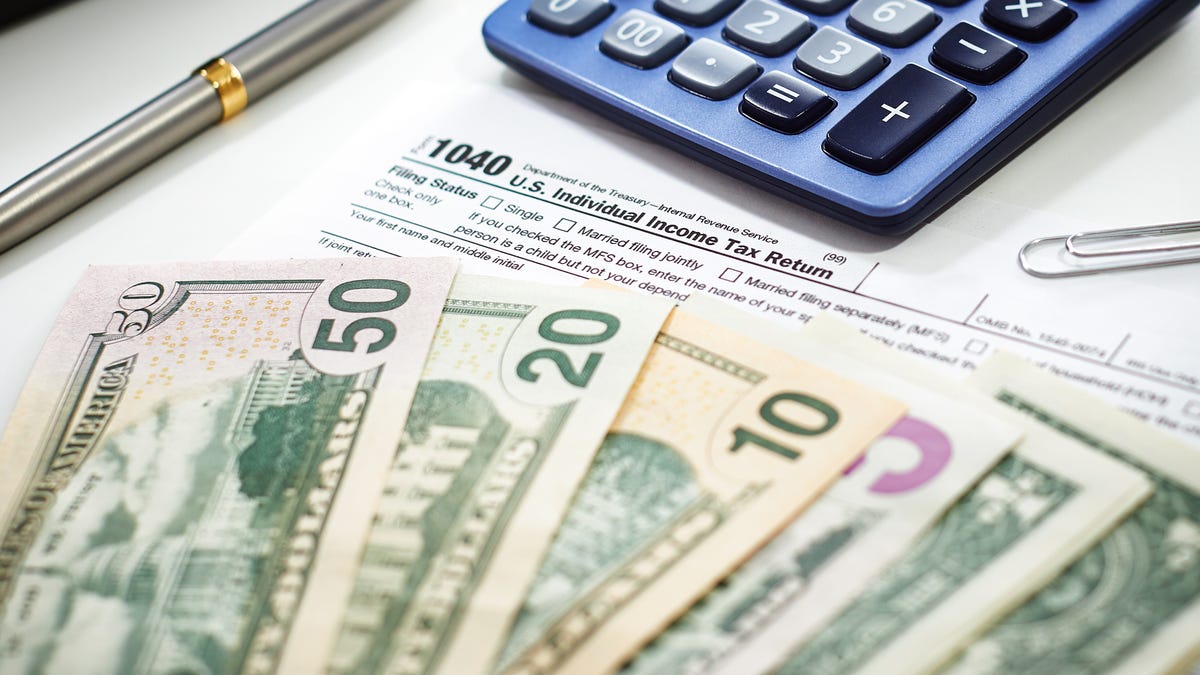The Hidden Costs of Trump’s Tariffs: What You Need to Know for Your Wallet
As President Trump defends his tariffs, the financial implications for American consumers and taxpayers are becoming increasingly evident. The hidden costs of Trump’s tariffs are more than just economic jargon; they directly affect your everyday expenses and tax obligations. Understanding these impacts is crucial, especially as the landscape of trade and economics continues to evolve.
What Are Trump’s Tariffs?
Tariffs are taxes imposed on imported goods, intended to protect domestic industries from foreign competition. Under Trump’s administration, tariffs were significantly increased on a variety of products, particularly focusing on imports from China. The rationale was straightforward: to encourage Americans to buy domestically produced goods and to address trade imbalances. However, while the intention may have been to bolster the American economy, the reality often tells a different story.
How Tariffs Impact Your Wallet
Many consumers may not realize the direct and indirect ways tariffs affect their wallets. Here are some of the hidden costs associated with these trade policies:
- Increased Prices for Goods: When tariffs are applied to imports, companies often pass these costs onto consumers. For instance, tariffs on steel and aluminum have led to higher prices for automobiles, construction materials, and various consumer products.
- Limited Choices: With higher tariffs, some foreign products may become too expensive for importers to bring into the U.S. market. This can lead to fewer choices for consumers, reducing the variety of products available for purchase.
- Impact on Small Businesses: Small businesses that rely on imported goods or materials may struggle to cope with increased costs, potentially leading to higher prices for their customers.
- Inflationary Trends: Increased costs from tariffs can contribute to overall inflation, which affects the purchasing power of consumers. As prices rise, your dollar doesn’t stretch as far as it used to.
The Broader Economic Impact
Beyond immediate consumer costs, Trump’s tariffs have broader economic implications that can affect your wallet in less direct ways:
- Job Market Changes: While tariffs are designed to protect American jobs, they can also lead to job losses in industries reliant on imported materials or those that export goods. This can create a net negative effect on the economy, impacting wages and employment opportunities.
- Retaliatory Tariffs: Other countries have responded to U.S. tariffs with their own tariffs on American goods. This can harm U.S. exports, leading to reduced sales for American companies and potential layoffs.
- Impact on Investment: Uncertainty surrounding trade policies can deter investment. Businesses may be less willing to invest in expansion or new projects when they face unpredictable costs and market conditions.
Tax Implications of Tariffs
Another aspect of the hidden costs of Trump’s tariffs involves the potential tax implications for American citizens:
- Increased Tax Burden: The government may seek to offset losses in revenue from tariffs through other means, potentially leading to increased taxes. This could manifest in various forms, such as higher income taxes or sales taxes.
- Economic Growth Slowdown: If the economy slows due to increased costs and consumer spending decreases, this could lead to a reduced tax base, impacting government revenues and public services.
Who Really Pays the Price?
It’s essential to recognize that while tariffs are framed as a tool to protect American industries, the reality is that consumers often bear the brunt of these policies. Here’s how:
- Consumers: As mentioned, consumers face higher prices and fewer choices. Everyday items such as electronics, clothing, and groceries can become more expensive.
- Taxpayers: If businesses struggle due to higher costs and retaliatory tariffs, taxpayers may end up footing the bill for increased unemployment benefits and social services.
- Farmers: American farmers, particularly in the Midwest, have been severely affected by retaliatory tariffs on agricultural products. This can lead to lower prices for their goods, reduced income, and a reliance on government subsidies.
Mitigating the Effects of Tariffs
While the effects of Trump’s tariffs can feel overwhelming, there are ways to mitigate their impact on your wallet:
- Shop Smart: Look for sales, discounts, and alternatives to products affected by tariffs. Local products may be a viable option that can help support your community while avoiding inflated prices.
- Stay Informed: Understanding how trade policies affect the economy can empower you to make better financial decisions. Follow credible news sources and economic analyses to stay updated on changes.
- Advocate for Fair Trade Policies: Engage with policymakers to advocate for fair trade that benefits consumers and protects jobs without imposing undue costs.
Conclusion
In conclusion, the hidden costs of Trump’s tariffs are significant and multifaceted. While intended to protect American industries, these policies have substantial implications for consumers, taxpayers, and the broader economy. From increased prices on everyday goods to potential tax increases, understanding these impacts is crucial for making informed financial decisions. As we navigate this complex economic landscape, staying informed and proactive can help mitigate the effects of these tariffs on your wallet.
See more CCTV News Daily



